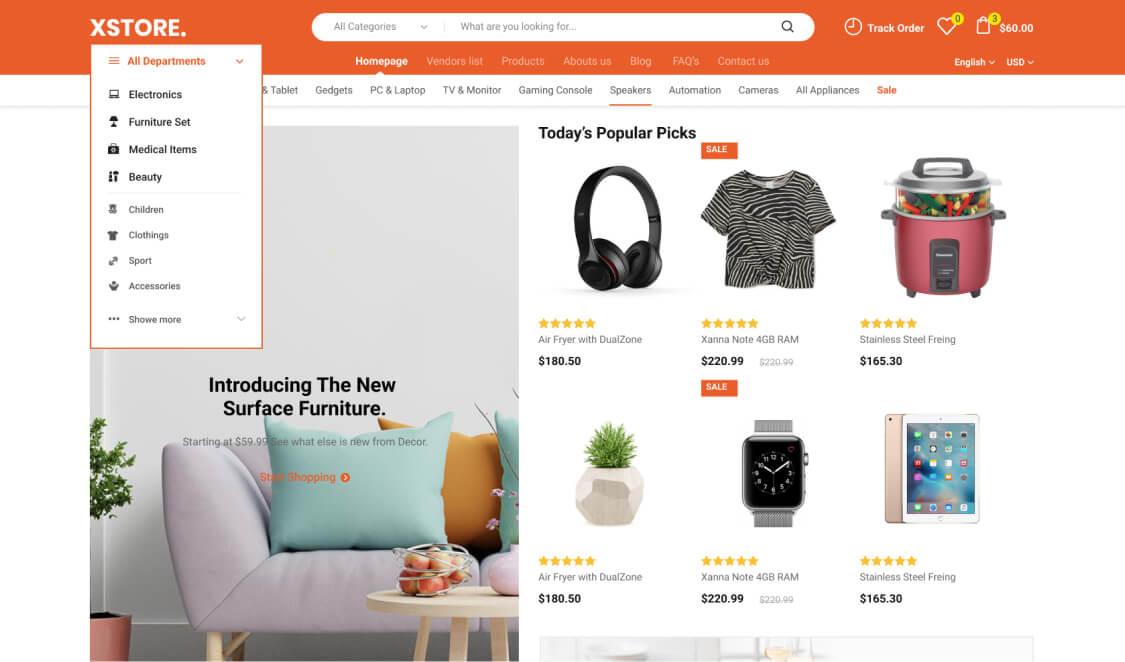The advertising industry in the United States is projected to attain an unprecedented mark of $326 billion in 2023.
Advertising plays a crucial role in revenue generation and the open web presents an array of opportunities for advertisers. Along with revenue generation brands can establish and manage their brand identity on the open web.
However, advertisers are increasingly concerned about the open and unregulated dynamics of the open web, which have led to brand safety issues in the past. With the emergence of new channels, it has become notably challenging to monitor the placement of ads and ensure their optimal positioning. Consequently, ad adjacency has become a crucial determinant for advertising in 2023.
What is Ad Adjacency?
In layman’s language, ad adjacency refers to the content next to which the ad appears. This ad placement can be intentional or unintentional. However, it’s important to keep track of ad adjacency because content adjacent to the ad places crucial in the formation of brand recall.
Brand recall is directly proportional to the content of the webpage. Positive content builds positive recall but negative content can damage a brand’s reputation inversely.
According to a survey, 40% of respondents agreed that content adjacent to the ad plays a crucial role as a deciding factor.
Advertisers are concerned about the ad appearing next to controversial, unsettling, or offensive content. In spite of the platform’s algorithm being involved, it can still damage the brand’s reputation and lead to real-world consequences.
What are the Key Considerations? Neglecting brand safety concerns, such as the inadvertent placement of ads adjacent to inappropriate content, can prove to be a costly misstep for advertisers. Over three-quarters (81%) of American consumers find it irritating when a brand appears next to low-quality content, and 62% of consumers say they will stop using a brand entirely if its ads are placed next to low-grade content.
The key considerations for ad adjacency in 2023 are:
- Fraudulent and Extreme Content: The proliferation of fraudulent and extreme content presents a growing challenge for marketers, as identifying and excluding such content from targeting criteria becomes increasingly difficult. False news and extremist material have been widely reported to have negative effects, with consumers around the world growing increasingly sensitive to the issue. It is therefore critical that marketers have access to the appropriate controls to prevent their ads from appearing adjacent to this type of content.
- Transparency About the Platform: With the rise of Connected TV, advertising opportunities have multiplied. Every advertising platform offers its own procedure and guidelines for the purchase of inventory, and details of tracking ad placement. Advertisers must choose a platform that offers necessary controls and transparency of the ad placement.
- Ongoing Global Crisis: Advertisers must navigate ongoing global crises, such as the Ukraine-Russia war, potential recession, supply chain problems, turbulent political dialogue, continued coronavirus difficulties, and climate change. Marketers must remain aware of news cycles and have access to quick-deployable targeting tools, enabling them to swiftly adjust their ad campaigns in response to global events. Ads placed next to negative topics can create a negative brand recall in viewers’ minds. As a result, advertisers are increasingly turning to contextual advertising, which offers better brand suitability and safety.
To ease the situation, advertisers have inclined toward contextual advertising. This approach offers better brand suitability and safety.
How does Combining Contextual Advertising With Human Moderation Ensure Brand Safety And Suitability?
Maintaining brand safety and suitability isn’t easy but contextual targeting offers control over the ad placement. In contextual advertising, the content and ad are aligned. Moreover, brands have a customized blocklist prepared which prevents ad placement next to controversial, unsettling, or offensive content without killing ad placement. In contextual targeting, AI-powered technology understands the context of the words used just like the human mind.
For example, consider a scenario where a blog discusses the latest acquisition by a sports brand, and Nike’s ad appears next to a sentence using the idiom “killed two birds with one stone.” In this scenario, the AI technology understands that the word “kill” has been used in a positive context, and as a result, it places the ad accordingly.
This would not have been possible with keyword-blocklisting, because it would have blocked the entire blog due to killed word.
However, we cannot fully depend on Artificial Intelligence.
Despite AI advancement, there are times when content assessment tools misidentify the context of the words used, especially in videos. To eliminate this advertisers can take help from their team who could understand the contextual elements and how they could impact the audience. Adding this additional layer would enhance the advertising opportunities as it will look into cultural differences, political ideologies, and subject matters that an AI isn’t capable of doing.
Conclusion
Neglected, it may result in the;
- Aggressive Consumer Behavior
- Damaged Brand Reputation
- Negative Brand Recall
- Loss of Revenue
Thus, brand safety and ad adjacency are important commercial considerations for all marketers. Also, customers are aware of the problem.




